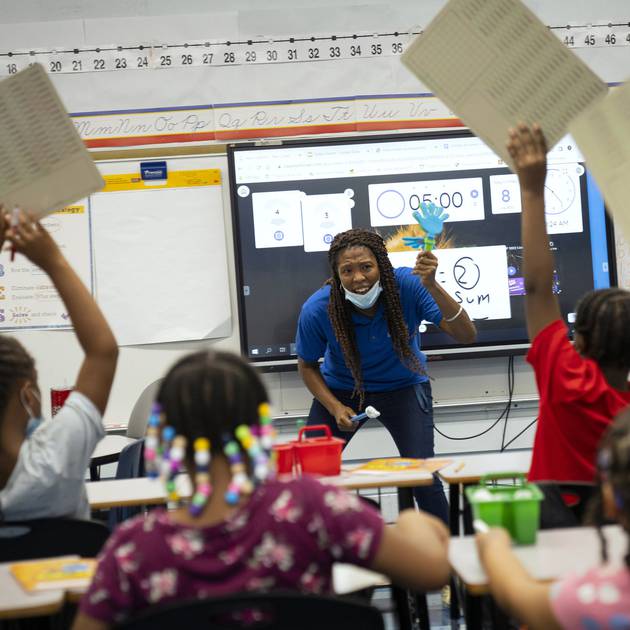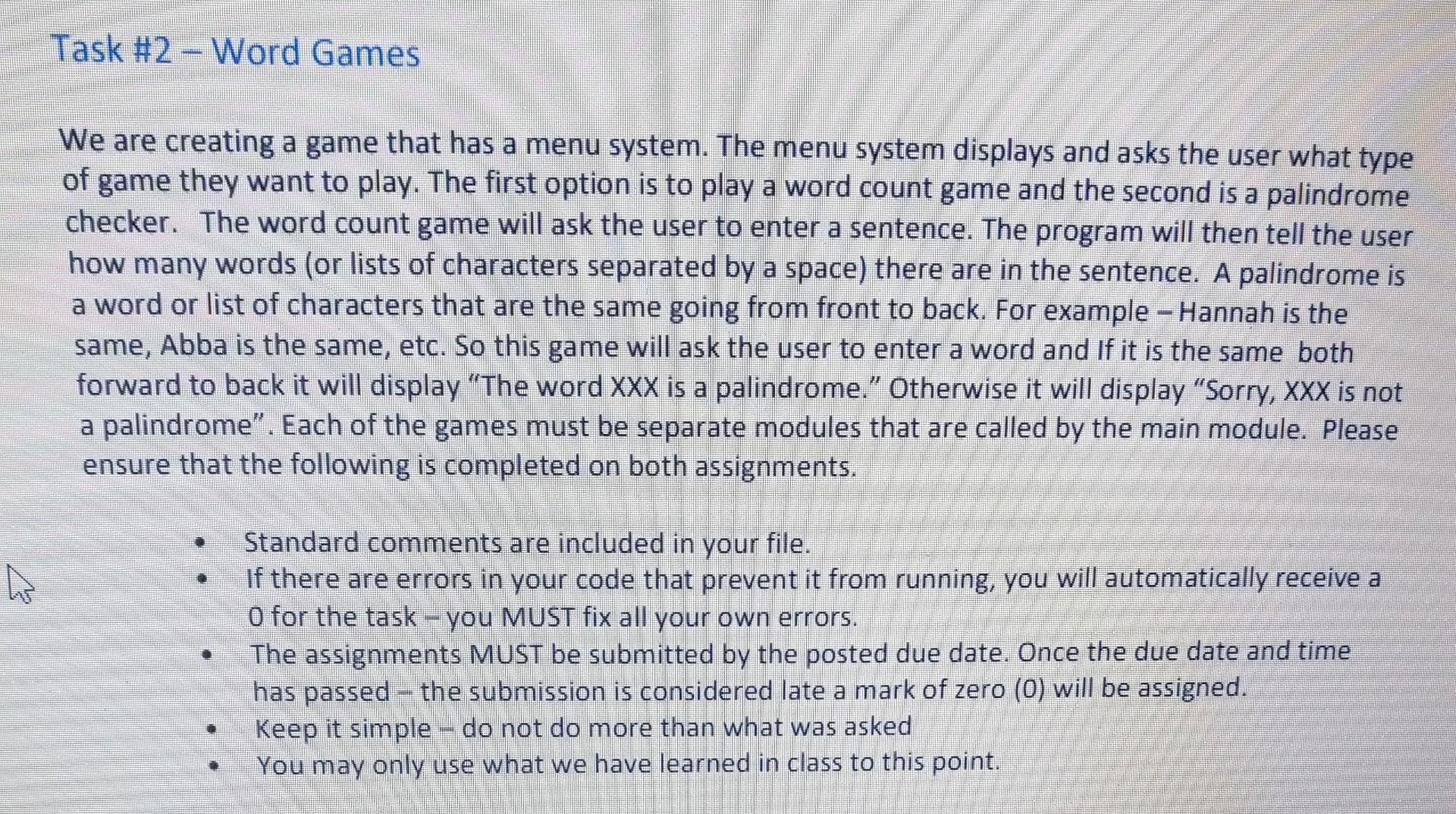
Brooklyn Tech, also called Brooklyn Technical High School, a public school that focuses primarily on STEM subjects, is Brooklyn Tech. Students can enjoy a wide range of educational opportunities at this school, including many extracurricular clubs and activities. Students have access to after-school programs as well as sports teams. Students are encouraged to join these organizations to stay engaged with their community.
Student body
Brooklyn Tech's student body was nearly half Latino or black in the mid-1970s. This number is much higher today than it was in 1970. Black students accounted to nearly 25% of the student population in 1999, as compared to 10% for whites. In 1979, Stuyvesant's student body had a 13 percent Black population. Now it has 1.2 percent.
Brooklyn Tech has over 100 after-school organizations, and more than 30 high school level sports teams. Tech is the school’s mascot. Brooklyn Tech will support you if you are interested to pursue technical education.
Academic network
Brooklyn Tech High School offers students a wide variety of electives, as well as an extensive array of extracurricular opportunities. There are more than 100 clubs and organizations after school and 30 varsity-level athletic teams. Students can join any of the many clubs, or join a team. The school's mascot has been named Engineer. Brooklyn Tech is also part the Global Navigator School Network. Global Navigator Scholarships allow students to study abroad.

The school is a top ranked high school in New York and ranks #2 nationally. Students can apply to Brooklyn Tech by passing the SHSAT, or Specialized High School Admissions Test. The SHSAT exam is three hours long and is open for all eighth-grade New York City students.
After school activities
The Brooklyn Technical High School, commonly known as Brooklyn Tech, is an administratively designated High School 430. The school is known for its focus on STEM (science, technology, engineering, math) subjects. Students can enjoy a variety of after school activities during their free time. Volunteering your time can be done by students.
There are over 100 extracurricular activities that students can get involved in. There are more then 30 varsity sports teams as well as more than 100 organizations and clubs, so there are plenty of options. Whether you enjoy playing football or ice hockey, there's likely a club that's right for you.
Sports teams
Brooklyn Tech is well-known for its academics. However, the school also boasts a strong sports program that includes over 30 varsity teams. The school's athletic programs are diverse and include a variety sports. Students can participate in a number of different clubs and organizations, spanning a variety of interests. Brooklyn Tech offers something for all - whether you like watching sports, playing or just socializing.
Brooklyn Tech is part of the Department of Education, and is a public school in Brooklyn that serves grades nine to twelve. It is close to Fort Greene Park. The school's sport teams are extremely popular and the cheerleaders at games serve as an opportunity to build school spirit.

Ratio of student teachers
Brooklyn Tech is a public school which serves 6,040 students in grades 7-9. It has a student-to-teacher ratio of 24.7:1. DonorsChoose funded 92 projects for the school. Schools with majority students of color are often significantly less financially supported than those that have predominantly white students.
Brooklyn Technical High School in Brooklyn, New York. It is part the Geographic District #13 school district and has students from grades 9-12. Brooklyn Tech is a school with an overall rating of A- according to Homefacts. It is amongst top 1% schools for student-toteacher ratio.
FAQ
What is the difference in a university and college?
A university provides higher education. It offers postgraduate and undergraduate courses in a variety of fields.
A college is typically smaller and less well-known than a university. It may offer fewer courses but often has its own specialist departments.
How long does it usually take to become a early childhood teacher?
It takes four years to complete a bachelor's degree in early childhood education. Two years are required to take general education courses offered by most universities.
After finishing your undergraduate degree, you'll usually be accepted into graduate school. This allows you to become a specialist in a specific area of study.
For example, you could choose to focus on child psychology or learning disabilities. After earning a master's, you must apply to a teacher preparation program.
This process may take another year. During this period, you will work with experienced educators to gain real-world knowledge.
Finally, you will need to pass state exams before you can officially begin working as a teacher.
It takes many years for this process to complete, so you may not be able immediately to join the workforce.
What is a "Trade School"?
People who are not able to succeed at traditional higher education institutions can earn a degree through trade schools. They provide career-oriented programs to help students prepare for specific occupations. These programs usually require two years of coursework. Students who enroll in them then move on to a paid apprenticeship program. Here they learn a job skill, and also receive training. Trade schools can include technical schools, community colleges and junior colleges as well as universities. Associate degrees are offered by some trade schools.
How much time should I devote to studying each semester?
The time it takes to study depends on many factors.
These factors are not the only ones. Some schools may also require you to take certain classes each year. This means you might not have the freedom to take less courses during a semester. Your advisor can tell you what courses you must take each semester.
What are the types of early child education?
There are many different ways to describe early childhood education. Some of the most popular ones are:
-
Preschool - Children ages 2 to 5
-
PreKindergarten- Children from 4-6 years of age
-
Head Start/ Headstart - Children ages 0 to 3
-
Day Care/Daycares - Children from 0-5 Years
-
Child Care Centers: Children from 0-18
-
Family Child Care - Children from 0-12 Years of Age
-
Homeschooling – Children from KG up to 16
Statistics
- They are also 25% more likely to graduate from high school and have higher math and reading scores, with fewer behavioral problems,” according to research at the University of Tennessee. (habitatbroward.org)
- Globally, in 2008, around 89% of children aged six to twelve were enrolled in primary education, and this proportion was rising. (en.wikipedia.org)
- In most developed countries, a high proportion of the population (up to 50%) now enters higher education at some time in their lives. (en.wikipedia.org)
- “Children of homeowners are 116% more likely to graduate from college than children of renters of the same age, race, and income. (habitatbroward.org)
- Think of the rhetorical power of nineteenth-century abolitionist Harriet Beecher Stowe, Martin Luther King, Jr., or Occupy Wall Street activists with their rallying cry of “we are the 99 percent.” (bostonreview.net)
External Links
How To
How can I apply for scholarships
Before you apply for scholarship funding, ensure that you are eligible. The criteria that you must meet to qualify for a scholarship are listed below.
For example, you can receive a grant if you are economically disadvantaged. If you are enrolled in vocational training courses, you may be eligible for a work-study grant. A grant is also available if your group includes a minority.
Once you have determined whether you are eligible for a scholarship type, you can apply.
Online, in-person, or by phone, you can apply. The application process varies depending on the type of scholarship.
You may be required to write essays on yourself and the reasons you are applying for scholarships. Others may ask questions such as, "Why did your choose this major?"
You must fill out an application for scholarships and attach supporting materials.
The information you supply will be reviewed by your scholarship provider. You will be notified by email or postal mail if you are selected.
You might be eligible for another scholarship even though you are not chosen. Contact your scholarship provider for details.